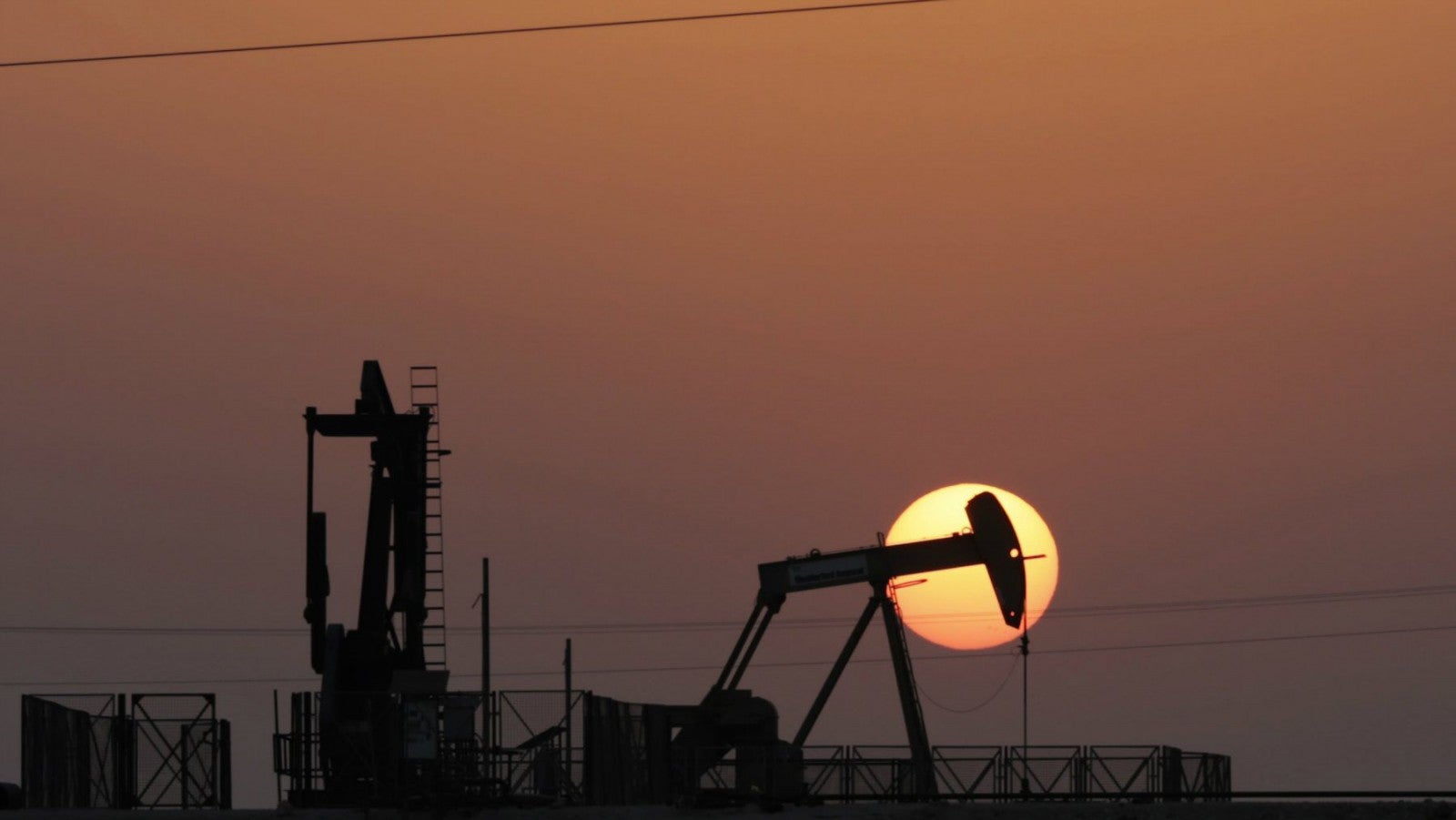Everyone is lowering their expectations for what it will take to declare an oil comeback
Back in June 2014, crude oil was more than $100 a barrel. Then it began its slump toward the mid-$30s, where it’s priced now. And it’s getting tougher for the oil industry to figure out what would represent even a partial return to previous heights.


Back in June 2014, crude oil was more than $100 a barrel. Then it began its slump toward the mid-$30s, where it’s priced now. And it’s getting tougher for the oil industry to figure out what would represent even a partial return to previous heights.
Reuters is reporting that a US shale producer in North Dakota is willing to settle for oil getting back to the $40s before he starts investing in equipment again, far less than the $70 he was holding out for last year.
And even that might take a while. Saudi Arabian oil minister Ali al-Naimi confirmed just last week at an energy conference in Houston, Texas that a tenuous freeze in crude production has replaced the hope that some sort of rally-inducing deal to between OPEC members and other petrostates to cut output might be reached.
The biggest reason for the cheapness of oil has been the market trying to reckon with the gobs and gobs of the stuff being pumped out by US shale producers and a Saudi Arabia-led OPEC coalition determined to retain some of its lost market share. So the eyes of traders have been on those two sources: There’s the hope that low prices will break the Americans and cut their output, or that OPEC might voluntarily curtail its members’ production.
Neither of those scenarios seem to be panning out. OPEC has given up on production limits entirely as a post-sanctions Iran begins pumping more oil, and American oil producers have proven surprisingly resilient. So maybe lowering expectations is the way to go instead.